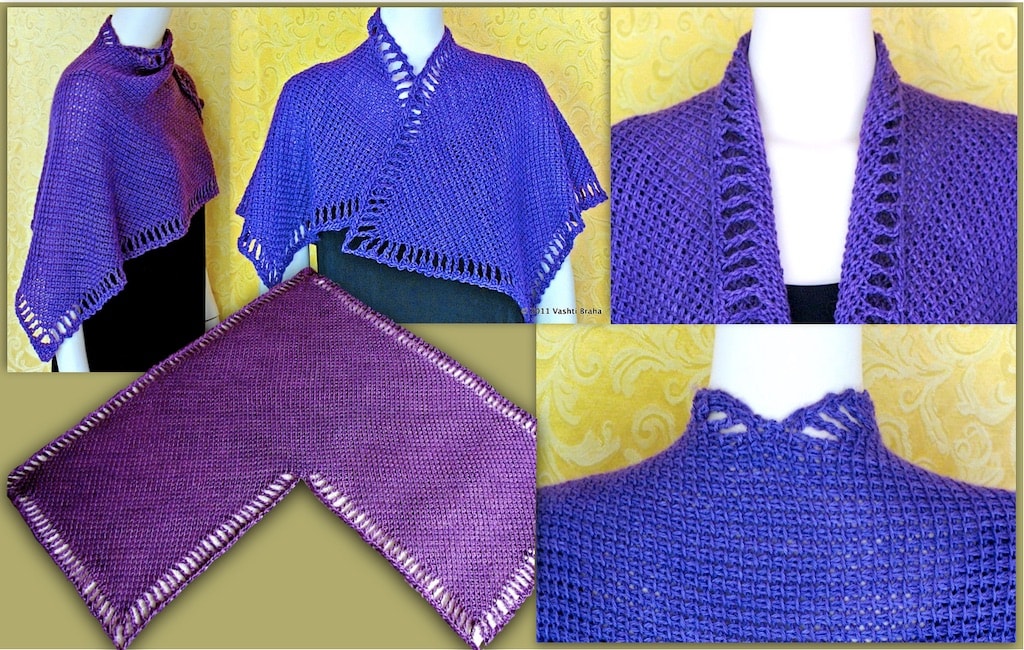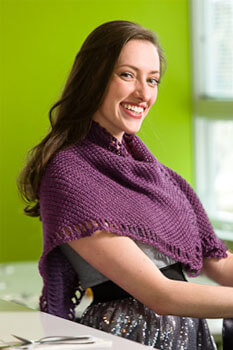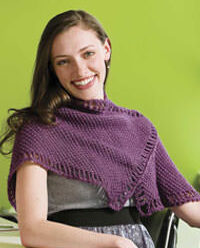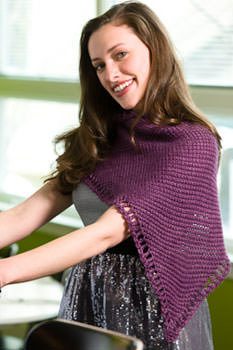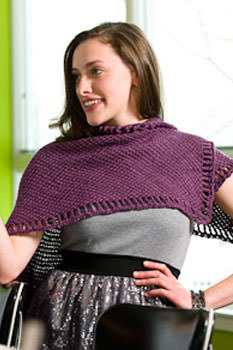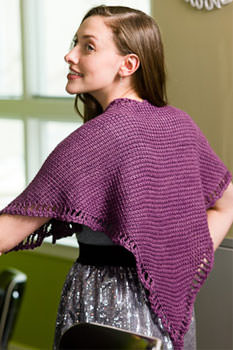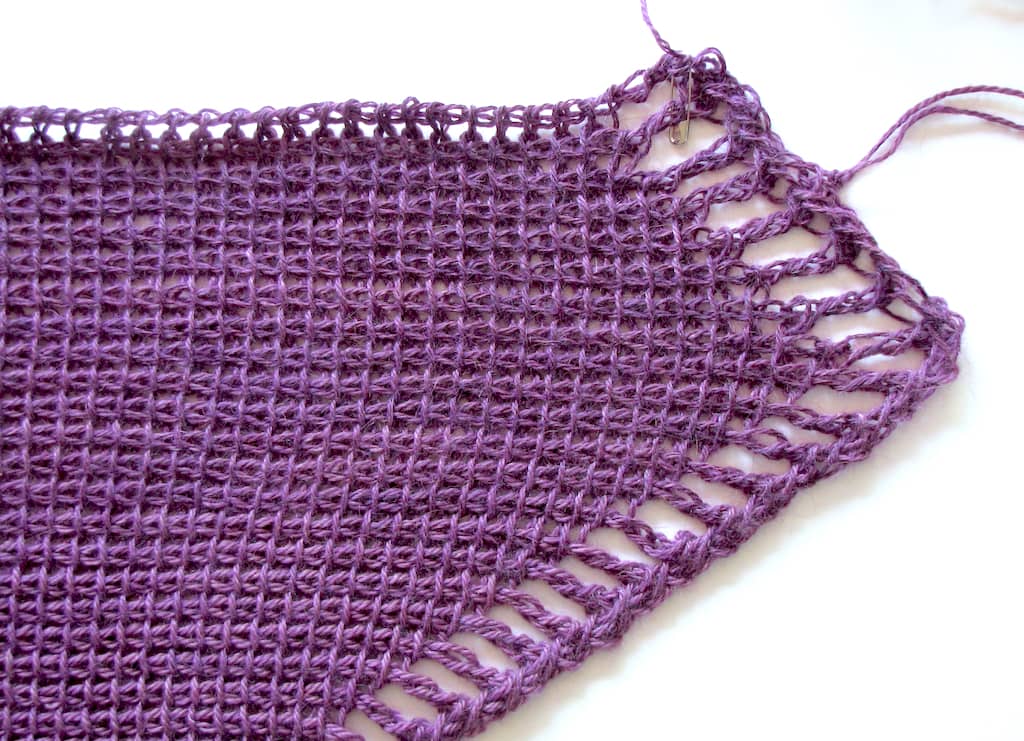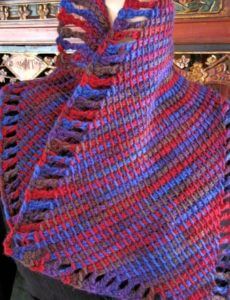Most recently taught by Vashti Braha on September 13, 2012 at CGOA’s Chain Link Conference in Reno, Nevada
This clickable list of crochet jewelry resources is mainly to aid students of my classes in exploring more about jewelry crocheting at their leisure. (If you have not yet taken any of my crochet jewelry classes, I hope someday I’ll meet you in one of them!) You’re welcome to enjoy the links below whether you’ve taken the classes or not. They represent the extra information that doesn’t fit into a standard three-hour class. Some are the names of designers, books, jewelery styles, etc., that I may have mentioned in a class.
— Vashti Braha
- Page of my published Jewelry Crochet downloadable patterns
- Some of my not-yet published Jewelry Crochet projects
Crochet Inspirations Newsletter Topics:
- Issue #43 “Crocheting Pure Silver Wire” (issue is pending for September 27)
- Issue #38 “A Jewelry Experiment Method” (turning simple crochet swatches into jewelry)
- Issue #18 “Deep Crochet Research” (Foundation Stitches)
- Issue #17 “Fancy Cords in 360º”
- Issue #16 “Flavor-Burst Crochet” (Get jewelry effects with simple stitches)
- Issue #8 “Crochet’s Commutative Property” (Convertible crochet projects)
Blogged:
- “Standard Necklace Lengths” – A handy reference to which I often refer
- “How to Crochet Spiky Puff Stitches” – As used for Palmetto Cuff pattern; a popular blog post that includes video
- “How to Make a Bead-Stringing Needle (and Why)”
- “Crochet Cords for Pendants: Happy Pairings” – Simple considerations that may save you disappointment later
- “Cotton Crochet Thread Sizes and Equivalents” – Answers several questions I’ve received from crocheters
- “Choosing Cotton Thread for Crochet Jewelry”
- “Using Crochet Jewelry With Wire Free Patterns” – One my all-time most visited blog posts
- “Poem-Lariat for a River Goddess” – Regards wrangling semiprecious gem bead chips for the Freeform Trailing Vine Lariat design!
- “Jewelry Design Tips” – Tips for managing a bead stash, and for creating your own metal-free crochet jewelry. I recently updated this post from 2008.
Books, Four Recent Observations About:
- Here’s something I’ve noticed: Jewelry crocheters tend to have very strong opinions about which threads and other types of filaments are best. Some jewelry authors’ recommendations contradict others; some conflict with my actual experience of crocheting or wearing these materials. I also came to realize that I had my own fierce preferences (based upon what I know so far about how cotton crochet thread is made)! Crocheters know that we can crochet with just about anything. This is especially true for jewelry! Bead shops and craft stores offer beading threads, “memory wires,” leather lacing, braided waxed linen, etc., which offer us completely new crochet experiences. I haven’t tested every material favored by every author, and it’s looking like each crocheter needs to do her/his own open-minded experimenting and testing.
- How I make sense of Observation #1: When an author (and/or publisher) seems to come from the world of non-crochet beading and jewelry making, s/he tends to have a comfort zone and preference for synthetic beading threads for crochet. I also see an easy familiarity with traditional metal jewelry findings and related tools, and with using large amounts of tiny seed beads, or bead mixes, to the point of covering up the crochet stitches completely. If a natural fiber thread is recommended, I more often see a preference for perle cotton. On the other hand, authors who come to jewelry design from the world of crochet tend to: be conversant with the virtues of high-twist mercerized cotton threads; explore yarns of various fiber mixes; may use only a few beads as accents or no beads at all; feature crochet stitch textures and contrasting colors of thread work (which may stand in for beaded looks); and to crochet jewelry fastenings in place of traditional metal findings.
- Due to #1, I’m finding that having a library full of crochet jewelry books is paying off in a powerful way when I treat them as one individual jeweler’s “workbench notes.” Here’s an example of how I use them for reference: if I wish to try a new fine silk sewing thread, I look through the books to see if someone already has. If so, I look to see what crochet hook size the designer used as a starting point, and I go up or down hook sizes from there, depending on what I think about the stitch texture pictured. If it’s beaded, I check what size beads fit onto the thread. In this way, those jewelry books which are eclectic compilations of several designer’s patterns are goldmines of pointers toward how an unfamiliar (to me) material worked out for someone else.
- Observation #3 is why I now keep a better “jewelry workbench journal” as I travel this jewelry crochet journey, and I hope that you will, too. Each of us needs to discover what kind of hook size we prefer with a new unusual material, what beading needle made the stringing easiest with which bead & thread combo, etc. — and then record it so that future designs come together faster and easier. 🙂
See my crochet jewelry book list at the original DesigningVashti crochet blog for clickable titles and descriptions.
Crochet Jewelry Design Styles:
I’ve noticed that of the fullest range of crochet jewelry designs imaginable, some styles are far more explored than others. For example, bead crochet ropes (sometimes called “tubular crochet”), are so popular and recognizable that this style sometimes seems to represent the whole field of crochet jewelry. Several good books are available on this one type. I’ve discussed most of the crochet jewelry books in print in another blog post (see Books, above).
In the interest of promoting the broadest, most inclusive definition of what crochet jewelry is and can be, I’ve begun curating online images in galleries in Pinterest and in Flickr.
- “Fresh Jewelry Ideas for Crochet” – One of my Pinterest boards, please follow!
- Wire Crochet: Jewelry Styles – This is a Flickr Gallery, which means I’m limited to 18 images, and none of them can be my own. When I visited the Wire Crochet Flickr Group photo pool, I found many more than 18 images I wished to include, so I created three wire crochet galleries with different themes.
- Wire Crochet: Technique and Design Choices (One of three Flickr galleries, see above)
- Wire Crochet: The Art (One of three Flickr galleries, see above)
- My “Wire Crochet” Pinterest Board – Meet me there and help me find more!
———————-
You might also be interested in the resource pages I’m creating for my other class topics:
- https://www.designingvashti.com/blog/slip-stitch-crochet-class-resources/
- https://www.designingvashti.com/blog/love-knot-crochet-class-resources/
- https://www.designingvashti.com/blog/going-pro-class-resources/
- https://www.designingvashti.com/blog/tunisian-crochet-lace-class-resources/ (draft)
- https://www.designingvashti.com/blog/five-peaks-shawl-tunisian-crochet-class-resources/ (draft)
